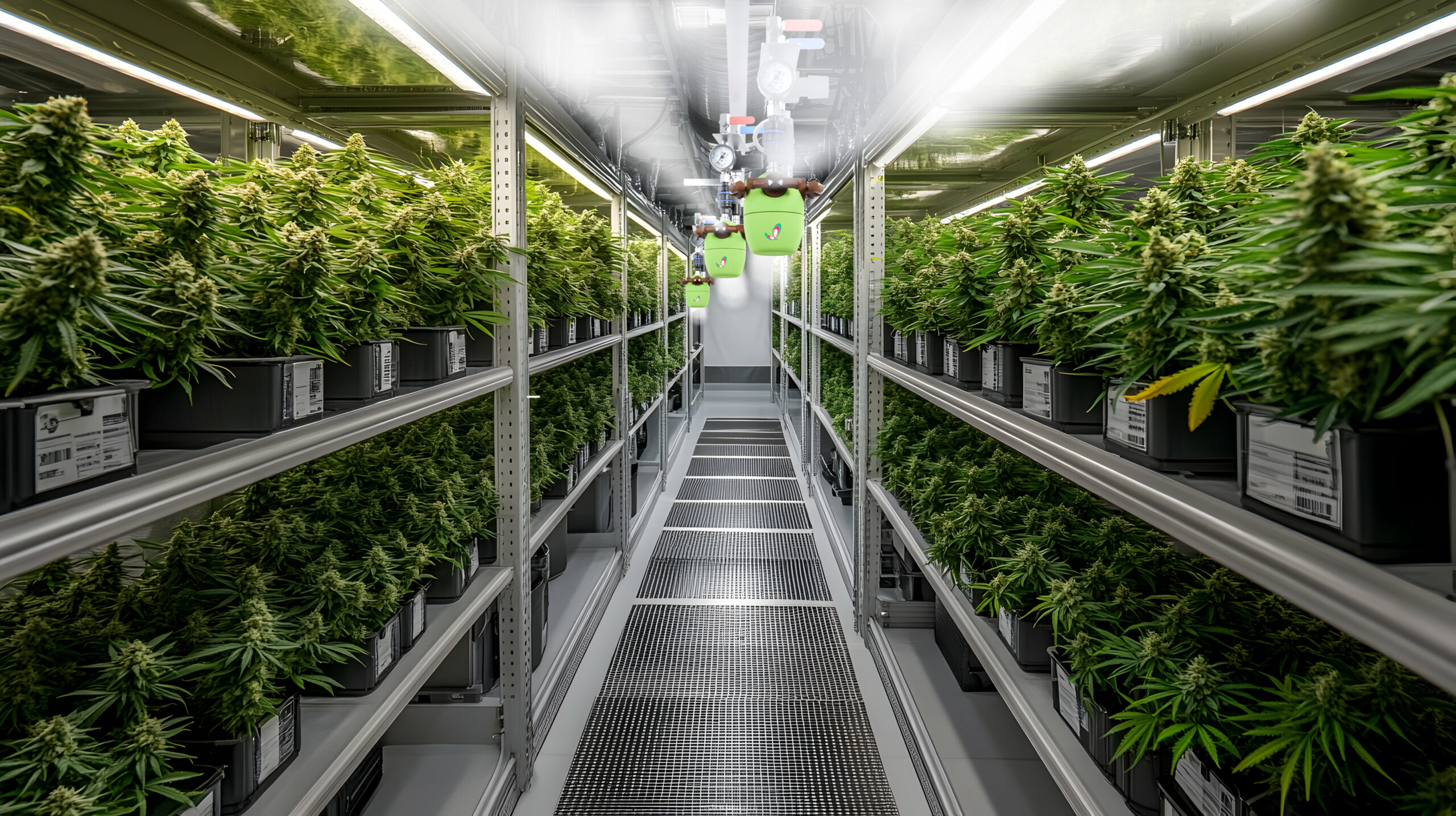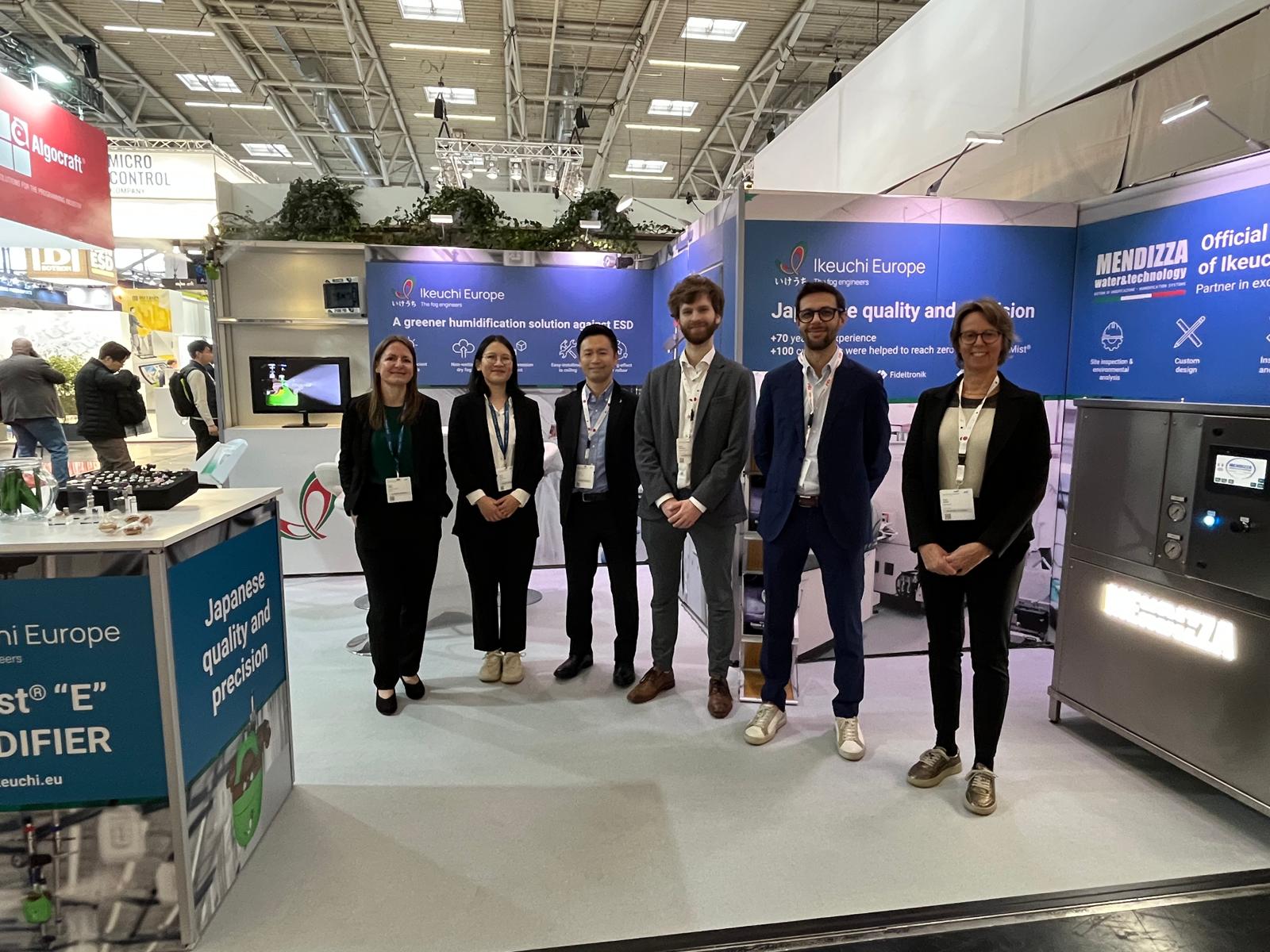The importance of humidity control
Humidity control is important for a multitude of industries to have an efficient productivity. To maintain optimal moisture levels is common throughout industrial applications like the food industry, pharmaceutical industry, electronics, printing, diverse manufacturing industries, but also in a niche market like luxurious hospitality industry. Not only is it beneficial for the production process, but also for the well-being and the health of the employees.
Different types of applications
Some applications will require dehumidification systems like compressor or desiccant dehumidifiers. Other will require a higher level of humidity like cold rooms for vegetables (above 90% RH with temperatures between 1 – 10°). Depending on the ambient temperatures indoor, the required humidity conditions will vary.
In general, for condensation prevention and optimal humidification effects, it is recommended to have a relative humidity (RH) level between 40 and 60%. But each industrial application has its optimal level of humidity to achieve the best results in productivity.
Issues related to low humidity level and/or no humidity control in production for all types of industries
Nowadays, in the race of constantly producing more and faster while maintaining a good quality level for the products to the end users, manufacturing factories cannot waste time and money in repairs. The production speeds and high-end quality are 2 key factors. However, several issues can occur during the process and damage the products:
Issues caused by static electricity:
- Static electricity damages
- Particle adhesion on end products (product defaults
- Ignition source / explosion
- Ignition source / explosion
- Work environment problems caused by low humidity (sick workers)
- Dust explosion
- Contamination of components
- Adhesion and/or repulsion between objects
- Operation shut down, malfunction of the equipment / machines
The unforeseen costs
This generates costs for repairs of the products, cost for the maintenance of damaged machines, costs for the unsold damaged product and creates an unsafe working environment for the operators.
The lack of airborne moisture is the root cause of each of these issues. The dryness of the air enables the generation of static electricity and dust particles to fly around.
That is why onsite management of humidification and temperature conditions became vital for production plants of a multitude of industries. The most popular solutions are steam humidification and water-spray humidification systems.
Solution: Humidity control with the energy-efficient AKIMist®
The AKIMist humidifier is a unique Japanese invention which offers full control on the humidity levels in a factory. It is an adiabatic humidifier, which means that it increases humidity by adding cold water to the air. AKIMist is known for its non-wetting abilities as the droplet size is less than 7.5µm. This means that the droplets are so small that they will bounce back without bursting on any surface. This is a very convenient ability in a factory with expensive machinery and materials which cannot get exposed to water or condense. At the same time, adiabatic humidifiers are very energy-efficient and uses 80% less energy that conventional humidifiers.
IPC standards
This humidification unit is recognized as a requirement for soldered electrical and electronic assemblies based on IPC J-STD-001 standard.
Benefits of using the AKIMist® Dry Fog Humidifier
Energy and cost
AKIMist is extremely energy-efficient and uses up to 83% less energy than conventional humidification systems.
AKIMist cools around 2 degrees while controlling the humidity level. It reduces 20% of the energy used for air-conditioning and thereby saves cost.
AKIMist can be used for spot humidification and be placed directly by the source of issue. This reduces the price significantly as only a few units may be needed.
Installment and maintenance
AKIMist requires very little maintenance compared to other humidification equipment. In addition, it is very easy to maintain as it is installed within the factory and hanging from the ceiling or wall.
AKIMist is easy to install and can be fitted into any current HVAC design. AKIMist can be installed with a wall or ceiling fitting or
even as a portable option.
AKIMist is very compact. Like the size of a 5 inch smartphone. This makes it easy to fit into tight factory spaces.
Health and Environment
AKIMist can maintain an ideal humidification level with the help of a sensor. This significantly reduces the build-up of static electricity in a factory and reduces errors and scrap.
Due to the small size droplets, which are as small as dust particles, these droplets can suppress the dust. In addition, the increased humidity also helps to suppress dust.
Maintaining a relative humidity level of around 50% will reduce the risk of viruses from spreading between employees. This increases the well-being of the employees and increases productivity.
Learn more about the unique technology behind Dry Fog humidification
AKIMist® “E” Dry Fog Humidifier
Our AKIMist®“E” spreads a Dry Fog that humidifies indoor environments without wetting due to its tiny droplet size around 7.5 µm.
demo of AKIMist®
Experience AKIMist® Dry Fog technology in person at your facility our ours. It’s also possible to rent a portable unit for a testing period.
Related articles
Stay updated: Ikeuchi news & insights
"*" indicates required fields
Get expert advice:
contact us today
Would you like to know what Ikeuchi can do for your organization? We’re happy to discuss your needs and show how we can solve your challenges. You’ll receive a response from us within 24 hours!
"*" indicates required fields
Call us: +31 (0) 20 820 2175
- Global presence and experience
- The number 1 nozzle manufacturer in Japan
- Japanese Precision Technology
“High quality nozzles. Friendly and helpful customer service”
“With Ikeuchi spray nozzles we are able to save costs as we don’t need to replace them so often as before.”
“When it is about nozzle technology, IKEUCHI are the experts. We always highly appreciated their knowhow and their extremely wide range of nozzles, not to mention their unrivalled AKIMist humidifier”
“When it is about nozzle technology, IKEUCHI are the experts. ”




